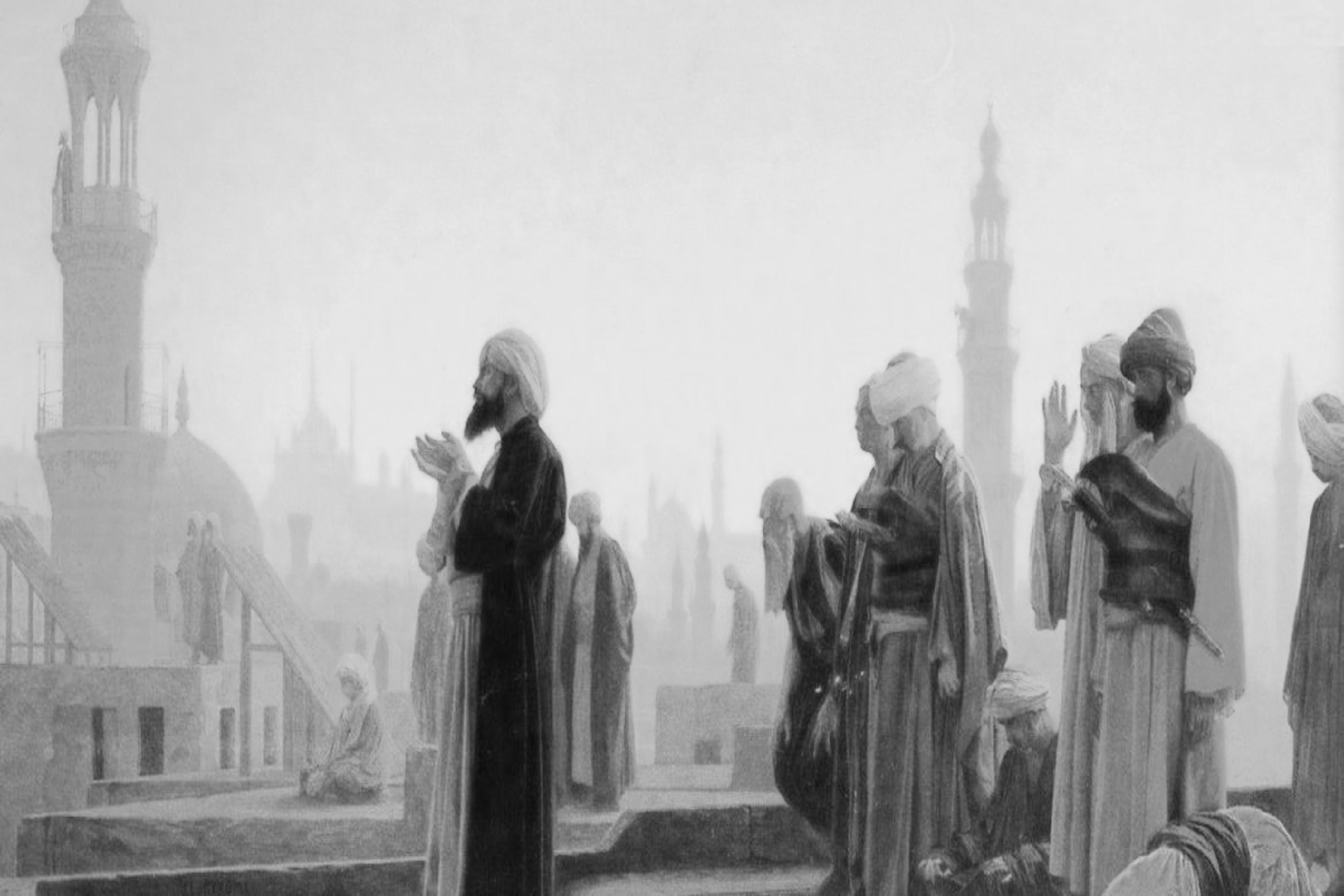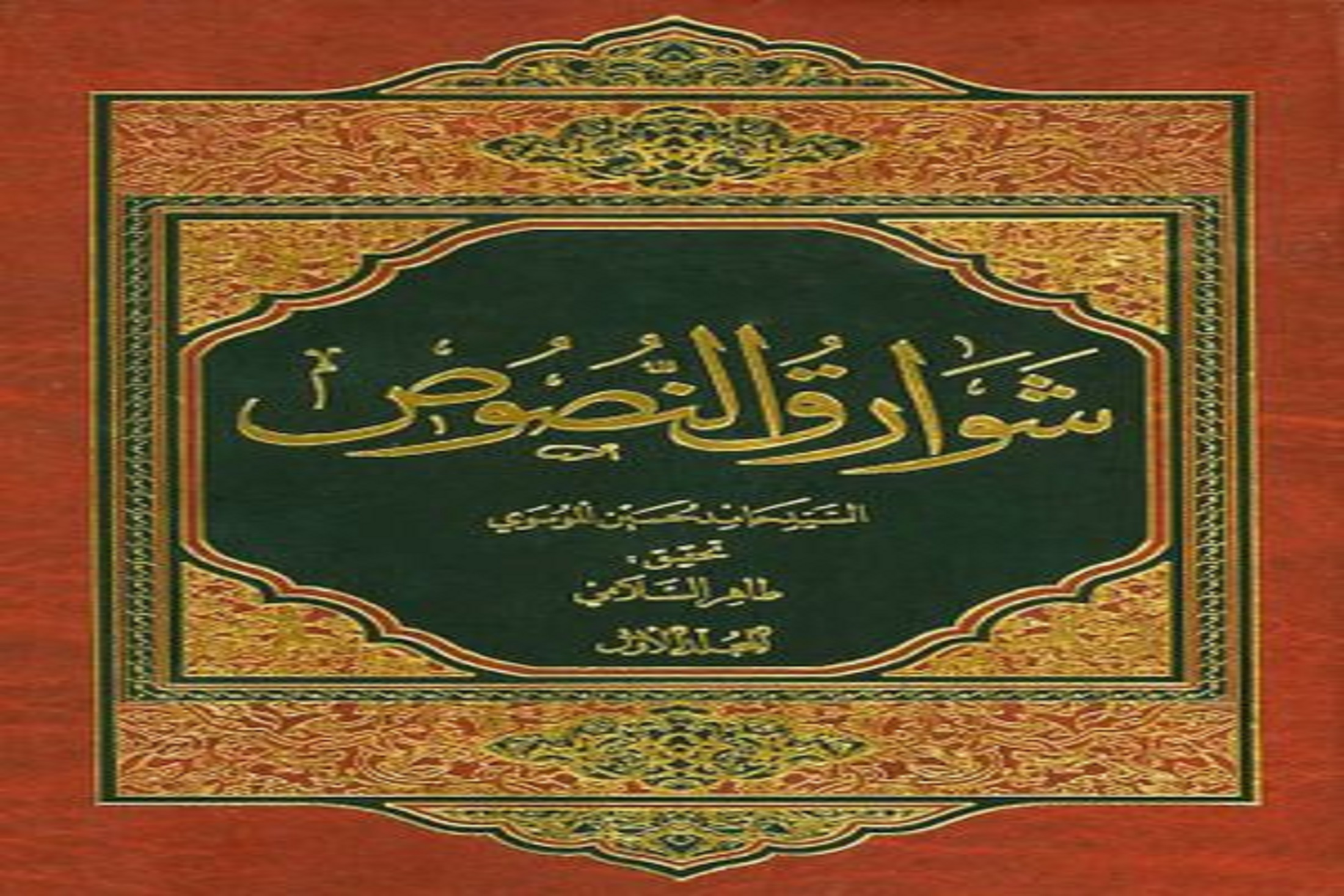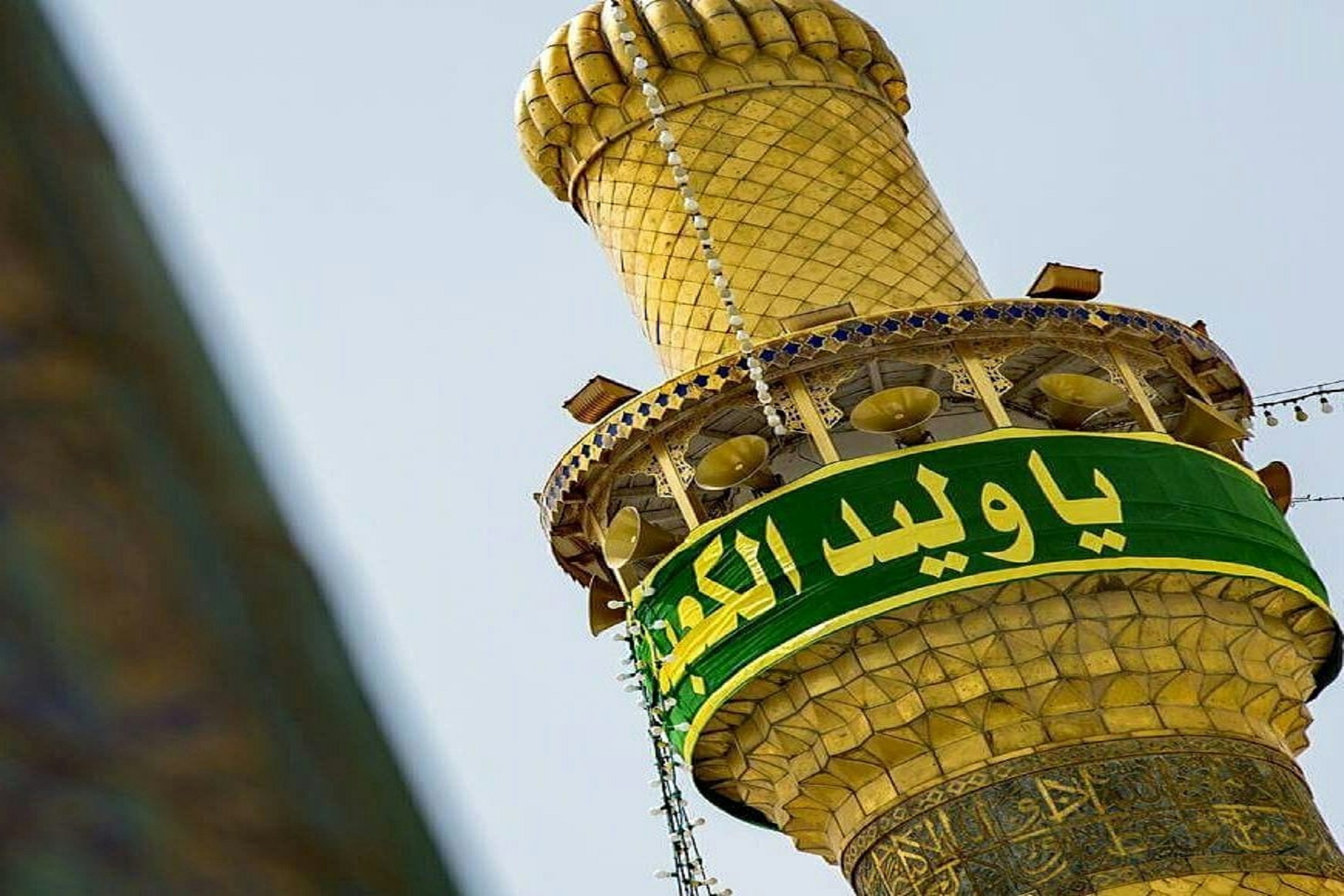Al-Asharah Al-Mubashsharah: A Fabricated Tradition – Part II
Continued from part I …..
Tradition Of Abu Tufail
Aamir Ibn Wasala has narrated the tradition on an individual basis from Saeed Ibn Zaid and he from Walid Ibn Abdillah Ibn Jomay al-Qarashi and his son from him and also Muhammad Ibn Lakeer al-Khazrami has narrated this tradition from Thaabit. Ibn Habban has enumerated Walid Ibn Abdillah among the weak narrators and to oppose/benefit from his tradition is forbidden. And al-Aqeelee says: There is discrepancy in his tradition and Haakim Nishapuri says if Muslim had not rejected his tradition, it would have been preferable and his son Thaabit is from the ignorant ones and Muhammad Ibn Bukair is also recognized as ‘Saahibe Gaaraeb’, a narrator of strange (i.e. unauthenticated) traditions. (Tahzeeb al- Tahzeeb, vol. 6 p. 90)
The tradition of Saeed Ibn Zaid is ambiguous from the narrative aspect but its text is also confusing (Muztarib). (Such a tradition which in accordance to its text or narration is differently narrated and if this difference is in its meaning or in the series of the chain of narrators then there is a doubt in such a tradition and it fails to inspire confidence, so it cannot be acted upon. When there are 2 such traditions out of which one has been narrated by a Haafiz (memorizer) then such a tradition is fit to be acted upon. For, in some narrations Abu Ubaidah Ibn Jarraah is included among the following ten companions and in some other traditions Abdullah Ibn Masood is also given glad tidings.1 Also since Saeed Ibn Zaid is present in the text of the tradition of ‘Asharah-e-Mubashsharah’ it is probable that he is buttressing his own position as a pure and virtuous companion. In such a condition, if this person considers others as pure or bears witness to this, then according to Shariat of Islam his witness will not be accepted for the purity of those persons. (Al Fasaah fi al-Imaamah, p. 71, Talkhis al-Shaafi, vol. 3 p.241)
Tradition Through Abdullah Ibn Umar
Tabaraani has narrated from Ahmed Ibn Husain Ibn Abd al-Malik al-Qasri Moaddab from Hameed Ibn Yahya from Sufyaan from Sufyaan Ibn Khumais from Habib Ibn Abi Thaabit from Abdillah Ibn Umar and he from the Holy Prophet (s.a.w.a.). (Al Mojam al Wast, Kanzul Ummal vol. 11 p. 645)
Sufyaan Ibn Aainia is among the narrators of this tradition and he is from the ‘Ahl Tadlees’ and among its narrators is Habib Ibn Abi Thaabit, who according to Khuzaima and Ibn Habbaan, is among the ‘Mudallis’.(Mudallis and Ahl Tadlees are transmitters known for cheating and deception. In such traditions when a transmitter narrates a tradition, he says – I have been informed by so and so, and he pretends as if he himself has heard the tradition from the original narrator, however it is not so, the reality is that he has just met the person but not heard the tradition from him or maybe he was his contemporary but not actually met him or something on those lines or it may be that from among the series of narrators, he eliminates the weak ones so that the tradition can be considered as an accepted tradition. (Mizaan al-E’tedaal, vol. 2 p. 170, tradition No. 3,327, Tahzeeb al-Tahzeeb vol. 1 p. 431)
Some Common Ambiguities And Objections Against The Tradition
There are many objections and ambiguities raised against the narration of the tradition of Asharah-e-Mubashsharah, some of which are cited below:
- The spread of such traditions only took off during the rule of Muawiya, that is, thirty years after the demise of the Holy Prophet (s.a.w.a.). This raises questions about the truthfulness of the tradition. During the rule of the earlier caliphs, the conditions were not suitable for the spread of such traditions. Thus, there is a high possibility that this tradition may be among those traditions which have been fabricated in the honour of some of the companions during Muawiyah’s reign.
- It is really surprising that even though Bukhari and Muslim have defended the companions with all the zeal and enthusiasm at their disposal, they have not quoted this and similar traditions. If this tradition had a correct chain of narrators, then they would have certainly quoted it.
- Even more surprising is that Saad Ibn Abi Waqqaas has said that he has not heard the Holy Prophet (s.a.w.a.) say about any living person on earth expect Abdullah Ibn Salaam that he is from the people of Paradise. The moot question is, ‘How is it possible that such a tradition was hidden from Saad Ibn Abi Waqqaas when he himself was among the ten companions mentioned in the tradition of Asharah-e- Mubashsharah?’ (Musnad-o-Ahmed vol. 1 p. 177, Taarikh-o-Dimishq vol. 7 p. 449, Al-Isaabah vol. 4 p. 81)
- ow can this tradition be accepted when among the ten people mentioned in the tradition some of them consider shedding blood of the other as lawful? Were not Talhah and Zubair staunch opponents of Usman? Was it not that these two along with Ayesha made a grand plan to instigate against Usman and encouraged the Muslims to kill him? Why Umar Ibn Khattab threatened to kill the six members of the Consultative Council (Shooraa) whereas all of them are present among the ten mentioned in the tradition of ‘Asharah-e-Mubashsharah’? Also Talhah and Zubair fought against Ameerul Momineen Ali Ibn Abi Talib (a.s.) in the Battle of Jamal. Obviously, one of them is right and other is in the wrong and will go to Hell for opposing a person of Paradise. But this tradition maintains both are from Paradise. However, when it comes to Usman’s murderers – who were also Muslims, including companions, the Muslims maintain that the killers have committed a crime by murdering Usman, who was assured Paradise.
- This tradition is even against the intellect that – how is it possible to assure Paradise to individuals who were prone to making mistakes and errors and were as fallible as other Muslims. Had they been infallible, they would have merited Paradise but that is not the case. (Al Afsaah fee Al Imaamah p. 71, 72, Talkhis Al Shaafi vol. 3 p. 241)
6. Looking from the viewpoint of practical application of this narration, there are obvious flaws. None of the three caliphs at any instance have advanced this tradition for their benefit or to prove their superiority. Abu Bakr did not use it in Saqifah which was the most opportune situation. And when Usman was besieged he did not use this tradition to prove his superiority when it was the most suitable moment and might have well saved his life. Is it not that the people of Paradise should be protected at all cost? This is another proof of this tradition being a fabrication. If this tradition is saheeh/correct then why was it that Usman Ibn Affan’s dead body was left for three days in the garbage until some people of his tribe came and buried him in the graveyard of the Jews which was only surrounded by four walls and named ‘Hashsha Kawkab’? This did not suffice them. They stoned Usman’s corpse and even his funeral prayers were not recited. (Taarikh-e-Tabari vol. 5 p. 143-144, al-Istiaab)
- If this tradition is saheeh/correct, then these personalities should have been satisfied with the mercy and forgiveness from Allah’s side since the noble Prophet (s.a.w.a.) had given them glad tidings of being the people of Paradise. However, when we go through traditions we see Abu Bakr despairing at the time of death of what was to follow in the hereafter. Umar was just as distressed at the time of his death and was heard saying that he wished he was clay and that his mother had not given birth to him so that he would have got deliverance from his deeds. In the same way, when Usman was besieged he was screaming and lamenting whereas according to the tradition of ‘Asharah-e-Mubashsharah’ he should have remained content in view of impending salvation.
- The narration of Asharah-e-Mubashsharah makes no mention of other individuals who are even more certain of entering Paradise like Imam Hasan (a.s.) and Imam Husain (a.s.), who according to the most reliable traditions from Ahle Tasannun and Shia sources, are the Chiefs of the Youths of Paradise. The two sons of Ameerul Momineen Ali Ibn Abi Talib (a.s.) are conspicuous by their absence.About Those Who Fabricate Traditions
With such fabricated traditions poisoning the belief of Muslims, it is pertinent to study the implications of such forgery on the authority of the Holy Prophet (s.a.w.a.).The Noble Prophet (s.a.w.a.) warned: One who knowingly attributes a lie to me, he should know his place is in hell. (Sunan-o-Ibn Maajaah, vol. 1 pp. 13, 14)
In another tradition, it is narrated from Abu Hurairah that the Noble Prophet (s.a.w.a.) informed: One who attributes something to me which I have not said, then he should see his place in hell. (Sunan-o-Ibn Maajaah vol. 1 pp. 13, 14)
Similarly, it is narrated that the Holy Prophet (s.a.w.a.) said: Do not attribute lie to me because attributing lie to me is a cause of entering hellfire. (Sunan-o-IbnMaajaa vol. 1 p. 13)
Likewise, it has been narrated that the Holy Prophet (s.a.w.a.) said: One who quotes a tradition from me while he knows that it is a lie then he is one of the liars. (Sunan-o-Ibn Maajaah vol. 1 pp. 14, 15)
Suyuti says – I have not found any sin greater than attributing a lie to Holy Prophet (s.a.w.a.). The followers of Sunnah will attribute disbelief to a person who commits this sin. And that is the reason Shaikh Muhammad Juwaini who is from among our companions has said: One who purposely attributes a lie to Holy Prophet (s.a.w.a.) has disbelieved and hence is outside the realm of Islam. A group of scholars like Imam Nasiruddin Albaani has followed him in this view and all this is proof that to attribute a lie to the Holy Prophet (s.a.w.a.) is among the biggest greater sins because according to the Sunni school, no sin from among the greater sin leads to disbelief. (Tahzeer al Khawaas p. 21)
He, Nawavi and others have narrated that to attribute a lie to the Holy Prophet (s.a.w.a.) is among the greater sins. (Al Khasaaes al Kubra, vol. 2 p. 254)



